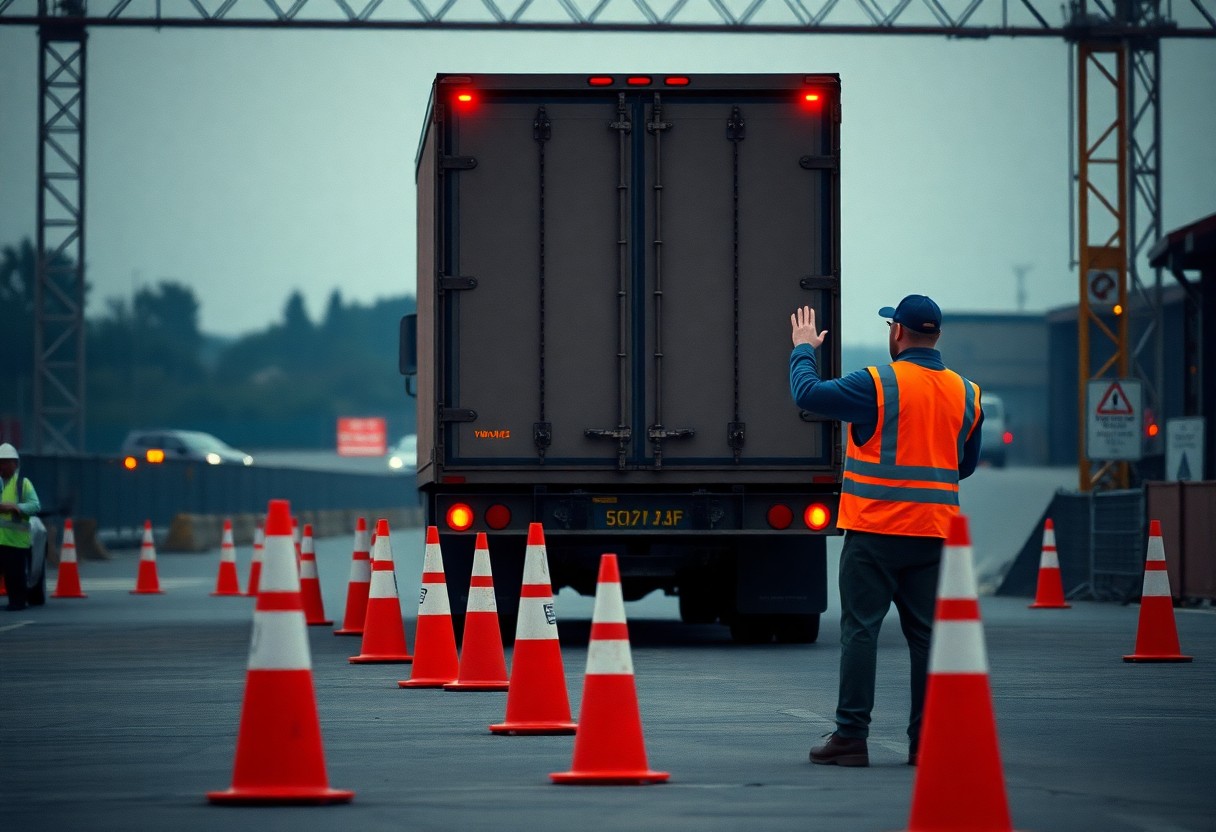Spotter assistance is vital when backing up vehicles, especially in complex environments like construction sites, parking lots, or busy roadways. Understanding the importance of using a spotter can significantly enhance your safety and that of others around you. When maneuvering your vehicle in reverse, visibility is often limited, and a spotter can help mitigate the risks involved.
When you are getting ready to back up, it is important to communicate effectively with your spotter. Ensure that you establish eye contact and clarify hand signals before starting the vehicle. This way, both you and your spotter will understand the direction of the vehicle’s movement and any potential hazards that may arise. A well-defined communication plan can prevent misunderstandings that could lead to accidents.
Your spotter should stand in a position where they can see both you and the areas to which you are backing. This location is typically at the rear side of your vehicle, but they should also be vigilant about their surroundings. While backing up, you should always keep an eye on the spotter, as their movements and signals will guide you safely through the maneuver.
In situations where you are unsure about the area you are navigating, a spotter can serve as your eyes and ears. They are there to alert you to pedestrians, other vehicles, or any obstacles that may not be visible from your position in the driver’s seat. If you are reversing a larger vehicle, such as a truck or bus, a spotter becomes even more important due to the vehicle’s larger blind spots.
If your spotter has to move out of view, it’s important to stop immediately. Never attempt to back up in the absence of your spotter, as this increases the likelihood of an accident. Before you proceed, wait for them to return to their designated position and regain visual contact.
Using a spotter is not just a good practice; it should be part of your standard operating procedures. If you are in a location where spotters are necessary, take a moment to evaluate the conditions. Is the ground uneven? Are there crowds of people around? Assess the risks and decide if additional safety measures need to be implemented beyond using a spotter.
Some companies may have specific training programs in backing safety that emphasize using a spotter. Participating in these training sessions can enhance your understanding of effective communication and safety measures related to vehicle backing. Your safety and that of your coworkers hinges on taking these practices seriously.
In the aggregate, the role of a spotter is important in ensuring safe backing maneuvers. By recognizing the need for a spotter, establishing clear communication, and adhering to protocols, you contribute to a safer environment for yourself and those around you. Make the choice to prioritize safety every time you put your vehicle in reverse.

Leave a Reply